High Crime Rates Plague Chicago’s Most Dangerous Neighborhoods
Residents Turn to Technology for Enhanced Security
Chicago will have serious safety issues in 2024 in a few neighborhoods where the crime rate is 67% higher than the national average. Residents in these locations have prioritized home security measures because of the high rates of violent and property crimes in these areas, according to Southwest Journal. Notwithstanding the thriving cultural and economic life of the city problems such as gun crime still exist in some neighborhoods. A increasing worry for safety in the midst of the bustle of the city is reflected in the fact that many locals now depend on cutting-edge technology to protect themselves and their family.
READ ALSO: Crime Rates In The US: Top 10 Most Dangerous States Revealed
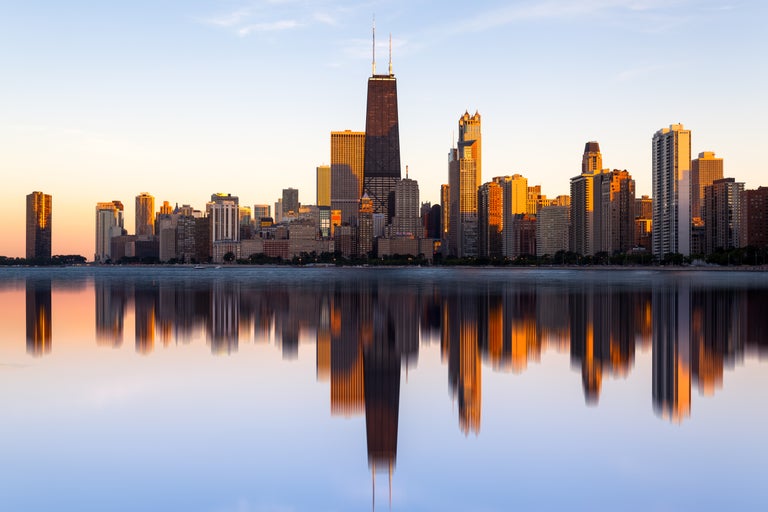
(PHOTO: www.history.com)
Most Dangerous Chicago Neighborhoods
West Englewood
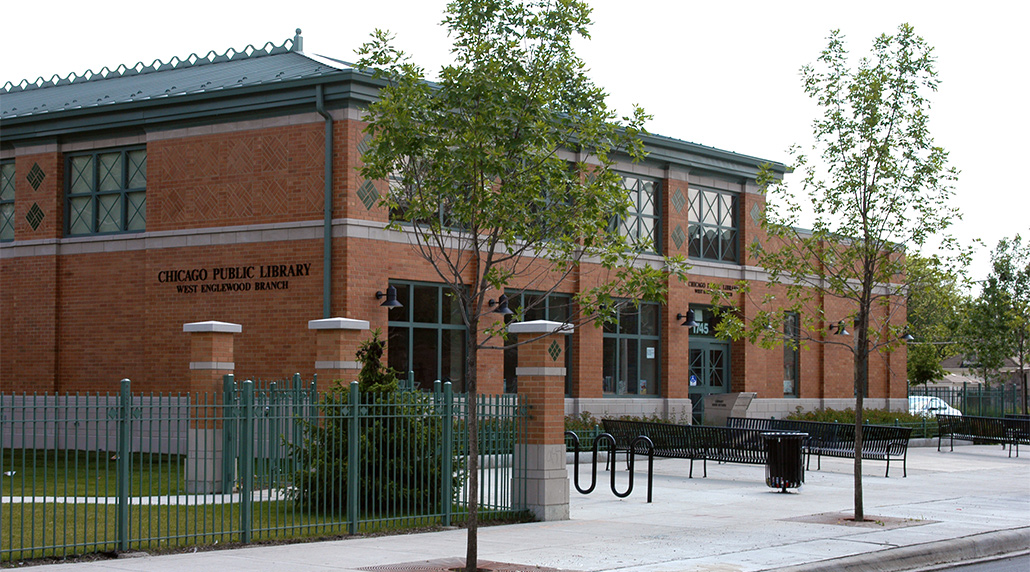
The high crime rate in West Englewood, a neighborhood on Chicago’s South Side poses a serious threat to residents’ safety. The number of reported offenses per 100,000 persons was 9,551 which is double the norm for Chicago, according to recent figures. Residents have a concerning 1 in 37 risk of becoming victims of violent crimes, which include robberies and assaults with a rate of 2,773 per 100,000 inhabitants. Notwithstanding these concerning figures community members highlight how their strong feeling of unity helps them get through these trying times.
Grand Crossing
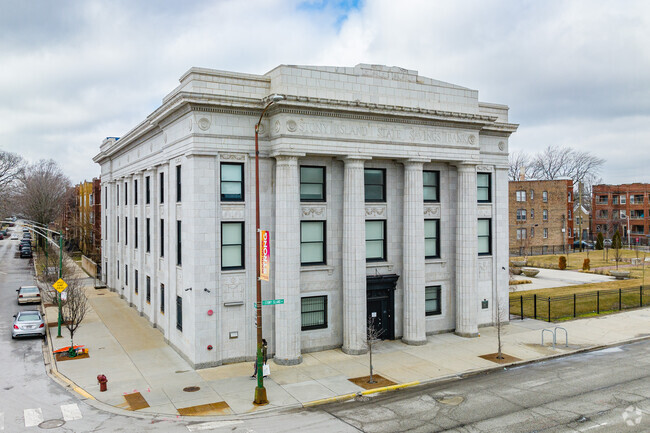
Grand Crossing is another neighborhood on Chicago’s South Side is also grappling with elevated crime levels. With a crime rate of 8,724 incidents per 100,000 Americans which is 306% higher than the national average safety concerns are a daily reality. The area experiences frequent gun violence contributing to an atmosphere of tension and vigilance among its 32,217 residents.
Englewood
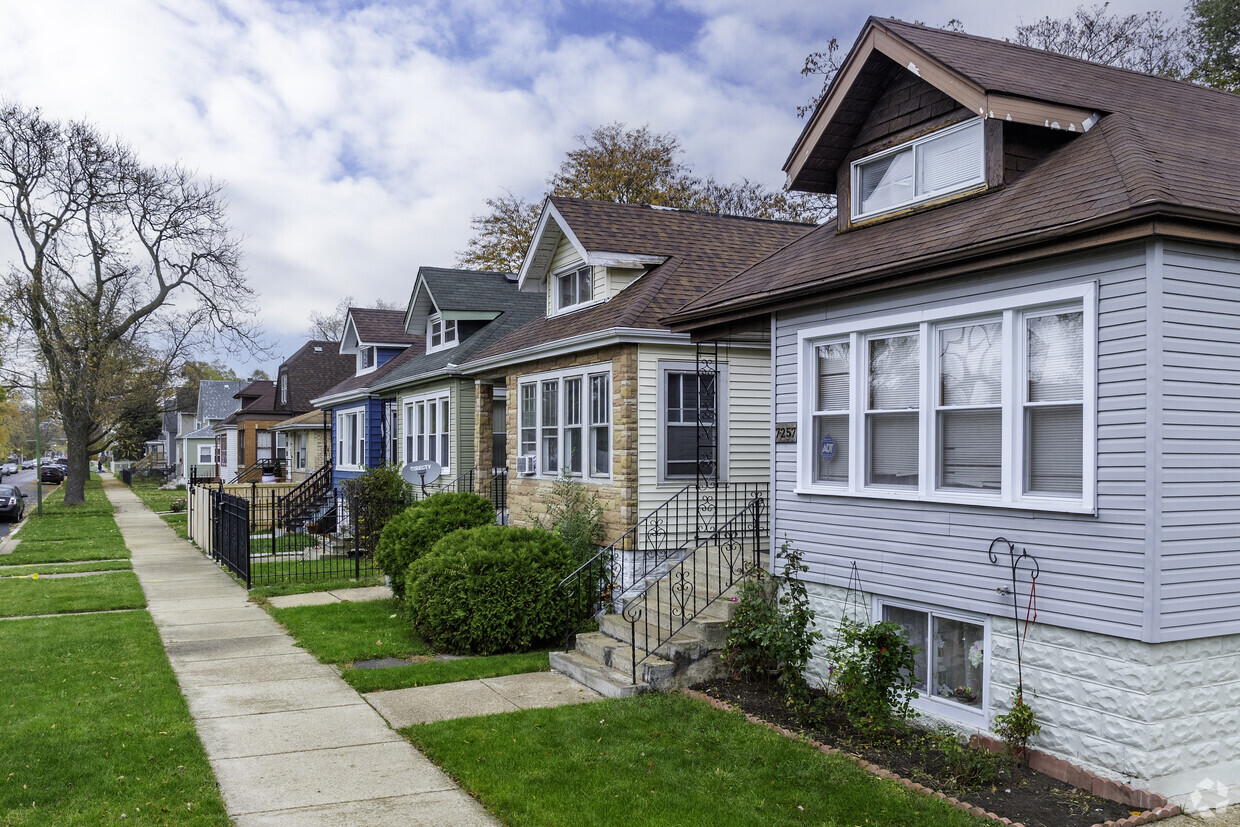
Nearby Englewood experiences comparable problems with crime and socioeconomic issues. The crime rate in the neighborhood is 125% higher than the average for Chicago, underscoring the numerous safety concerns that locals face on a daily basis. High incidence of violent crimes such assault and robbery highlight how vulnerable the area is. In spite of these obstacles locals are proactively cooperating to improve safety and quality of life exhibiting a dedication to overcoming hardship.
East Garfield Park
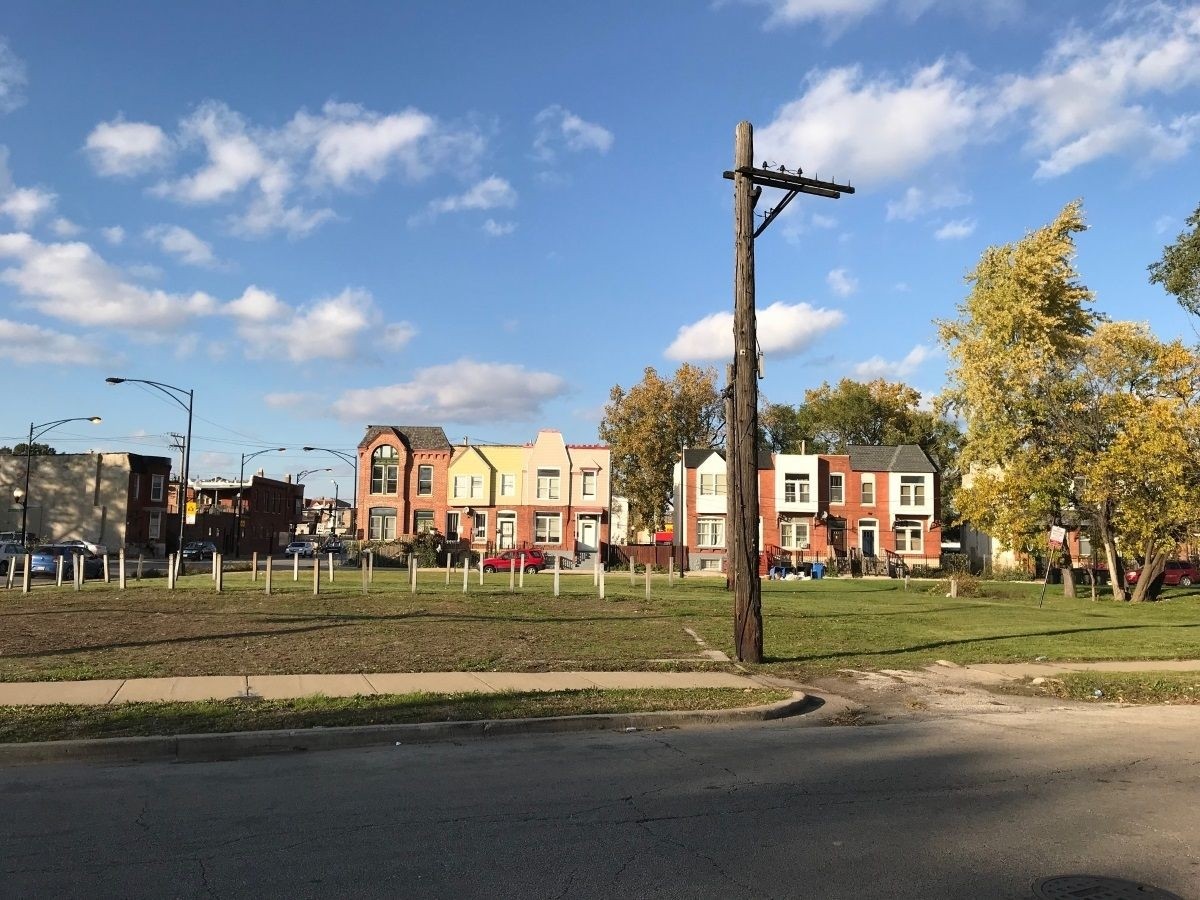
East Garfield Park, situated in Chicago’s West Side has also been deeply impacted by crime. In 2022, the neighborhood reported over 2,800 instances of violent crime and more than 6,500 property crimes. Gun violence and gang activity remain prevalent concerns with a total crime rate of 10,195 crimes per 100,000 Americans. Despite these daunting statistics efforts within the community are focused on improving safety and fostering a supportive environment amidst ongoing challenges.
Austin
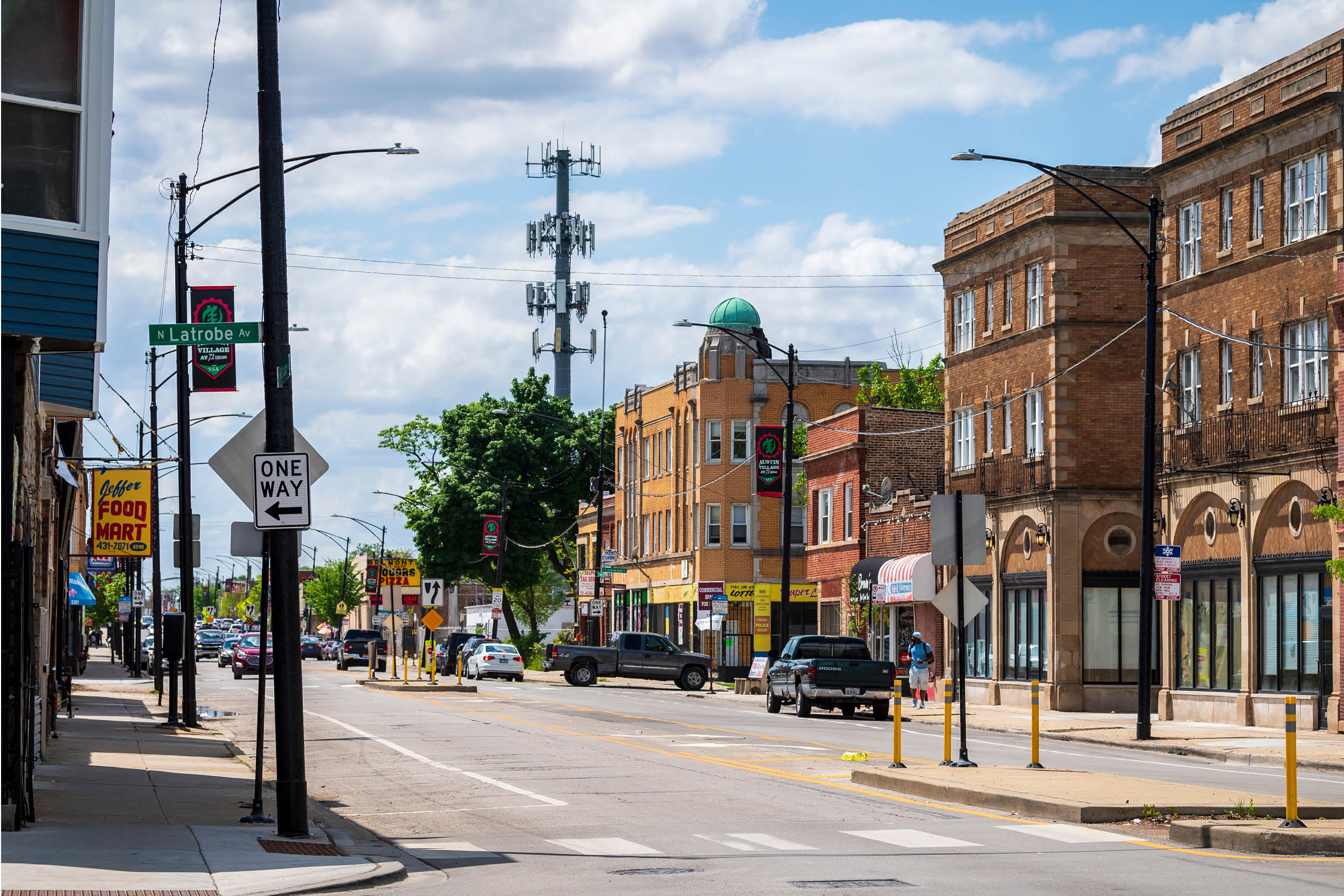
Austin, located on Chicago’s West Side consistently ranks among the city’s highest crime areas. In 2022, Austin ranked prominently for violent and property crimes underscoring the neighborhood’s struggles with safety. Residents face daily concerns about crime including incidents of loitering and unruly conduct which impact the community’s quality of life. Despite these challenges, local initiatives continue to address crime prevention and community well-being.
Washington Park
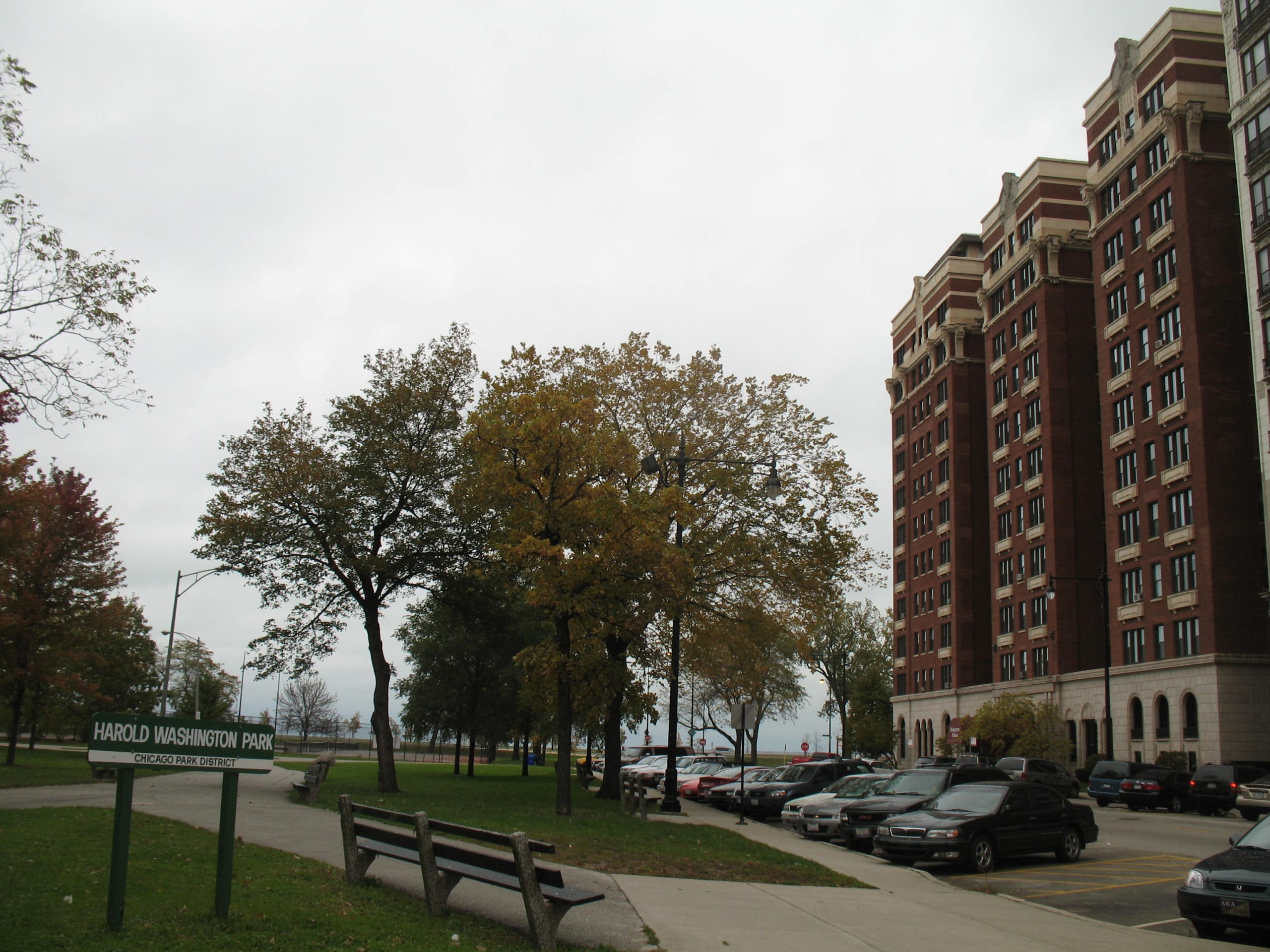
Washington Park is another Chicago neighborhood that confronts severe crime challenges as well. With crime rates significantly above national averages residents experience heightened levels of insecurity and fear. The prevalence of violent crimes like murder and assault creates a tense atmosphere particularly after dark. Despite these difficulties, community members remain resilient and actively engage in efforts to promote safety and improve neighborhood conditions.
West Garfield Park

The South Side of Chicago’s West Garfield Park is known for having incredibly high rates of violent crime. Compared to the rest of the city residents have a much higher chance of encountering a violent crime—one in twenty. Gang activity affects Americans’ mental and physical safety adding to the neighborhood’s safety worries.
READ ALSO: New York’s Most Dangerous Cities: Understanding The Threats And Taking Action To Stay Safe




![Tyson Foods Plant [Photo: Food Manufacturing]](https://southarkansassun.com/wp-content/uploads/2023/08/iStock_1185520857__1_.5e441daa51cca-600x337.jpg)








![Silverado Senior Living Management Inc. [Photo: Los Angeles Times]](https://southarkansassun.com/wp-content/uploads/2023/10/download-6-4-600x337.jpg)

![China's Wuhan Institute of Virology [Photo: Nature]](https://southarkansassun.com/wp-content/uploads/2023/09/d41586-021-01529-3_19239608-600x337.jpg)















